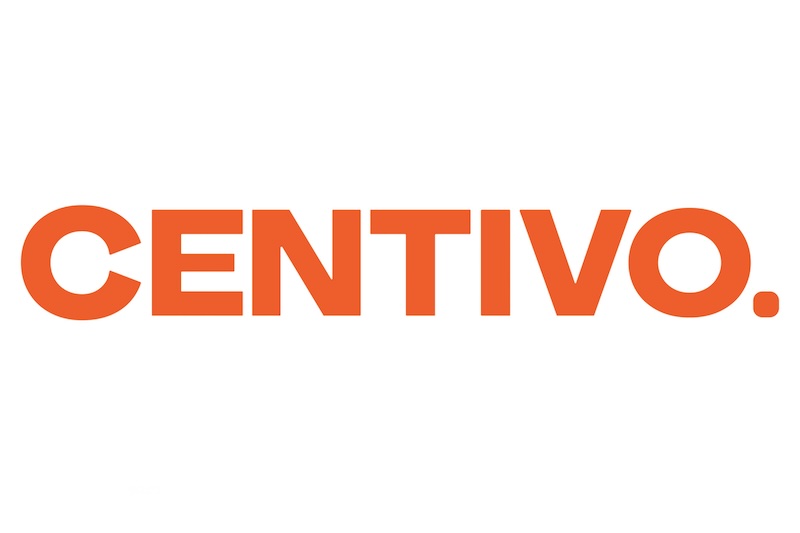Centivo CEO Ashok Subramanian. Photo courtesy of Centivo.
Fresh off raising $75 million, Centivo plans to expand, including in Wisconsin.
In 2021, the Buffalo, N.Y.-based health plan partnered with the Business Health Care Group to offer coverage for self-funded employers.
The two have focused on primary healthcare and steering patients toward high-quality, low-cost providers, based in part on research that has drawn concerns from hospitals. An updated study is expected later this year.
Since launching in Wisconsin at the start of 2022, Centivo has grown its membership in the state to around 30,000 people. It serves 49 employers that are part of the Business Health Care Group, many of which are in eastern Wisconsin.
Results from last year show that the partnership between the two led to an average 18 percent in total cost of care savings compared to traditional health plans.
“We now are talking about more real-life experiences as opposed to expectations,” Centivo CEO Ashok Subramanian said in an interview with Wisconsin Health News.
Edited excerpts are below.
WHN: What does the $75 million raised mean for your company and its Wisconsin operations?
Subramanian: It’s a vote of confidence in the model — that we’re saving people money, we’re saving companies money and that the collaborative approach here in this market with (the Business Health Care Group) and the provider community is working and is here to stay.
In terms of where we’re going, there are a couple key areas. The first is we’re investing in a lot of tools and resources to make the experience easier for employees and families to navigate care and for providers to work with us. There’s a lot going on in the technology and automation areas.
And then the other is growth. We’ve added to our team here in Wisconsin, in terms of sales and marketing. We’ve added resources to grow our provider partnerships, moving to cover more of the state.
WHN: What geographic areas are you targeting?
Subramanian: One of the unique things about our relationship with (the Business Health Care Group) is every decision is made in lockstep with them and with the executive steering committee. A lot of the focus has been to work on areas contiguous to where we are today, filling out more to the north and a little bit more to the west. We’ll see how far west that goes.
I have no grand announcements to make at this point, but it is really just expanding the footprint and following clients. GE HealthCare is going to be working with us. They have a pretty significant presence as you go further west. That’s an example of the need to serve the market and the need to serve employers. We need to be able to grow to do that.
WHN: What led to the average total cost of care savings of 18 percent?
Subramanian: Number one is using primary care to deliver care more efficiently and to steer non-primary care to the highest quality. So number one is a quality play.
Number two is working with our health system partners to make sure that we have competitive unit prices relative to the market. You’ve heard a lot that Wisconsin has the fifth highest hospital prices in the country. One of the things that we’re doing is working on that in partnership and in collaboration with providers.
And the third piece is taking out other sources of inefficiency in a typical health plan environment: taking groups that might have been fully insured and moving them to a self-funded model, working and implementing transparent pharmacy programs, and working and implementing programs for high-cost care.
WHN: How does Wisconsin compare to other markets?
Subramanian: There are a lot of similarities. Similarity number one: Healthcare is unaffordable. Similarity number two: The biggest reason for healthcare being unaffordable is high prices. And similarity number three is the way we attack those two problems, the lack of affordability and the prices. We follow a pretty consistent model, and that model is tied to the three pillars I just shared.
Some differences in Wisconsin — the nature of the community. Folks care about their workers. They care about their families. There’s a lot of interconnectivity among employers in this community. They’re neighbors with other employers and colleagues, and they’re neighbors with members of provider teams. The closeness and collegiality have allowed us to go from zero to nearly 50 in three years in a pretty quick way.
And then the other difference has been there’s a culture of innovation in Wisconsin. Self-funding is not something, in terms of managing a health plan, that is foreign or unique. Many employers have done things before Centivo, which have represented change, like working with an independent third-party administrator and engaging health system partners directly or independent groups for on-site clinics or near-site clinics.
WHN: What’s next?
Subramanian: Goal number one, two and three is continuing to bring that — I like to call it — radical affordability to employees. So 75 percent of people who choose our plan, not counting employers who choose to have a high-deductible plan, are spending less than $200 a year. That’s a remarkable statistic. It’s a 1985 level of healthcare expense. The goal now is to keep doing that, to serve more people, help more employers strengthen their workforces and then continue to round out the edges.
There are sometimes bumps and bruises as you try to change a system. The system today is built for broad networks, open access and a small number of name-brand, well-known carriers. We’re coming to market with an approach that’s basically ideologically completely at odds with some of those things. Operating that effectively and working with our partners in the community to do that has taken a little bit of time, but we’ve made great progress.
This article first appeared in the Wisconsin Health News daily email newsletter. Sign up for your free trial here.
